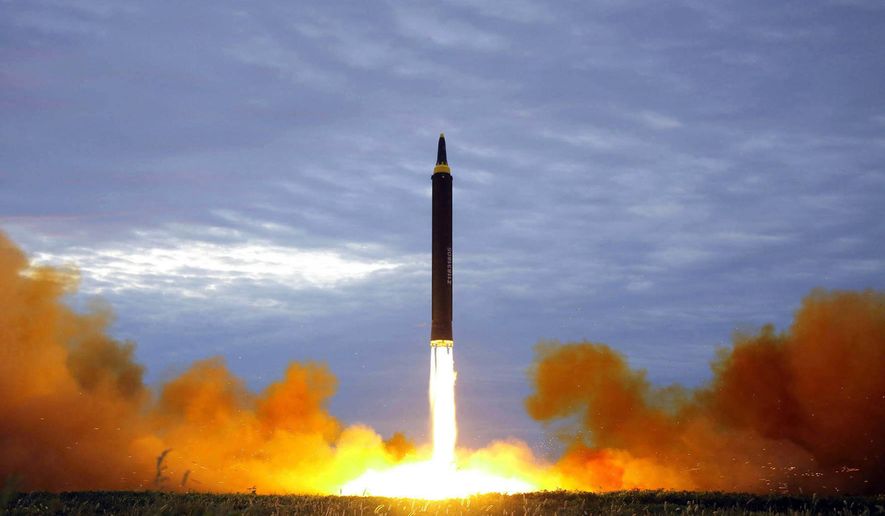The nuclear device detonated by North Korea two years ago produced an explosion roughly 16 times bigger than the one created when the U.S. bombed Hiroshima in 1945, according to a new report.
The American Geophysical Union (AGU) study released Monday measured the strength of the detonation by looking at “the size of the explosions from distant seismic recordings of the blasts.” North Korea’s 2017 nuclear test was equal to about 250 kilotons of TNT, the study found, making it significantly larger than other tests the reclusive nation has carried out over the past decade.
“From 2006 to 2016 North Korea steadily increased the size of the events, from somewhere around 1 kiloton up to around 20 kilotons. The very early events looked like they didn’t work very well, because they were unusually small. And then in one year they jumped up to 250-ish kilotons,” said Thorne Lay, a seismologist at the University of California Santa Cruz and an author of the AGU study. “The scary thing is that this was such a big device.”
The 2017 test ramped up military tensions between and Washington and Pyongyang to their highest level in years. But President Trump ultimately pursued a diplomatic path, holding two face-to-face summits with North Korean leader Kim Jong-un.
Those meetings, however, have failed to produce a comprehensive denuclearization agreement, and North Korea in recent months has resumed some smaller-scale missile tests.
• Ben Wolfgang can be reached at bwolfgang@washingtontimes.com.




Please read our comment policy before commenting.